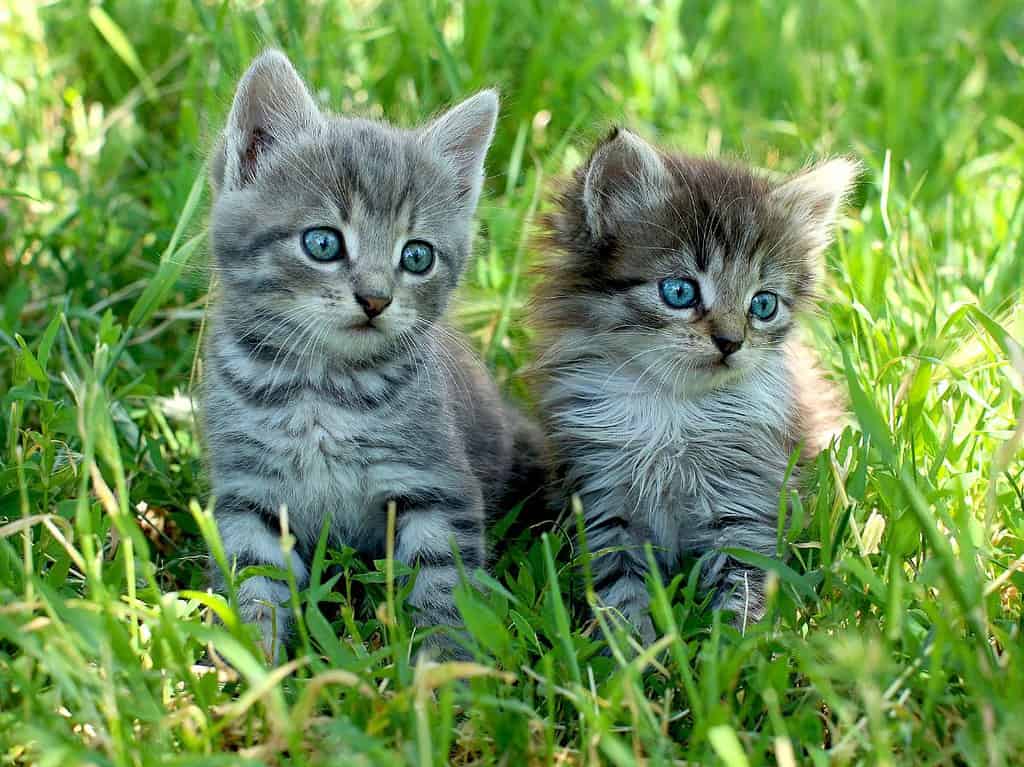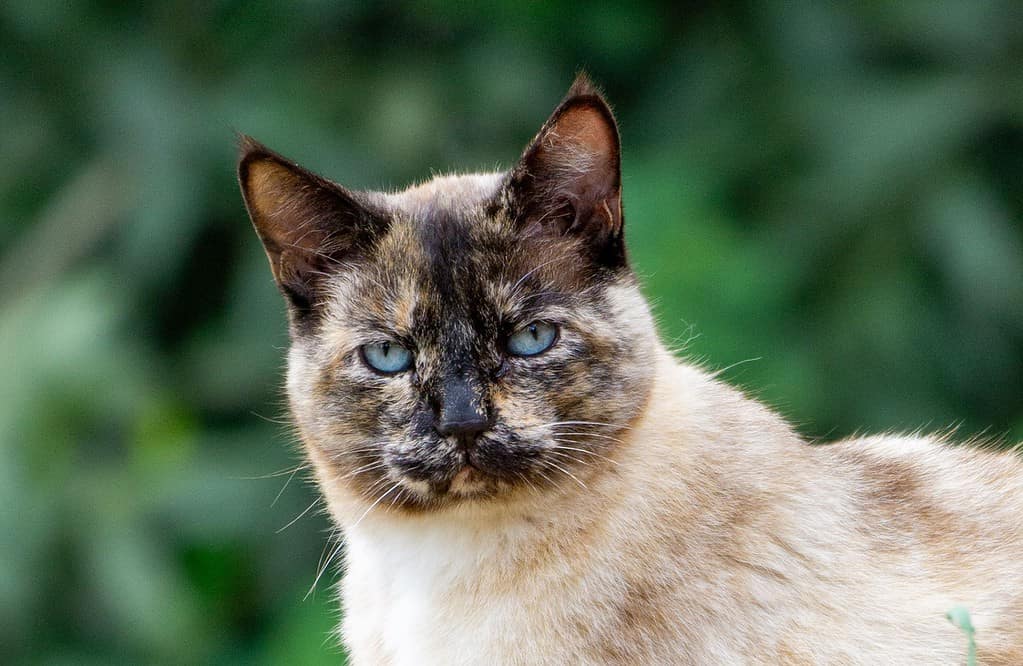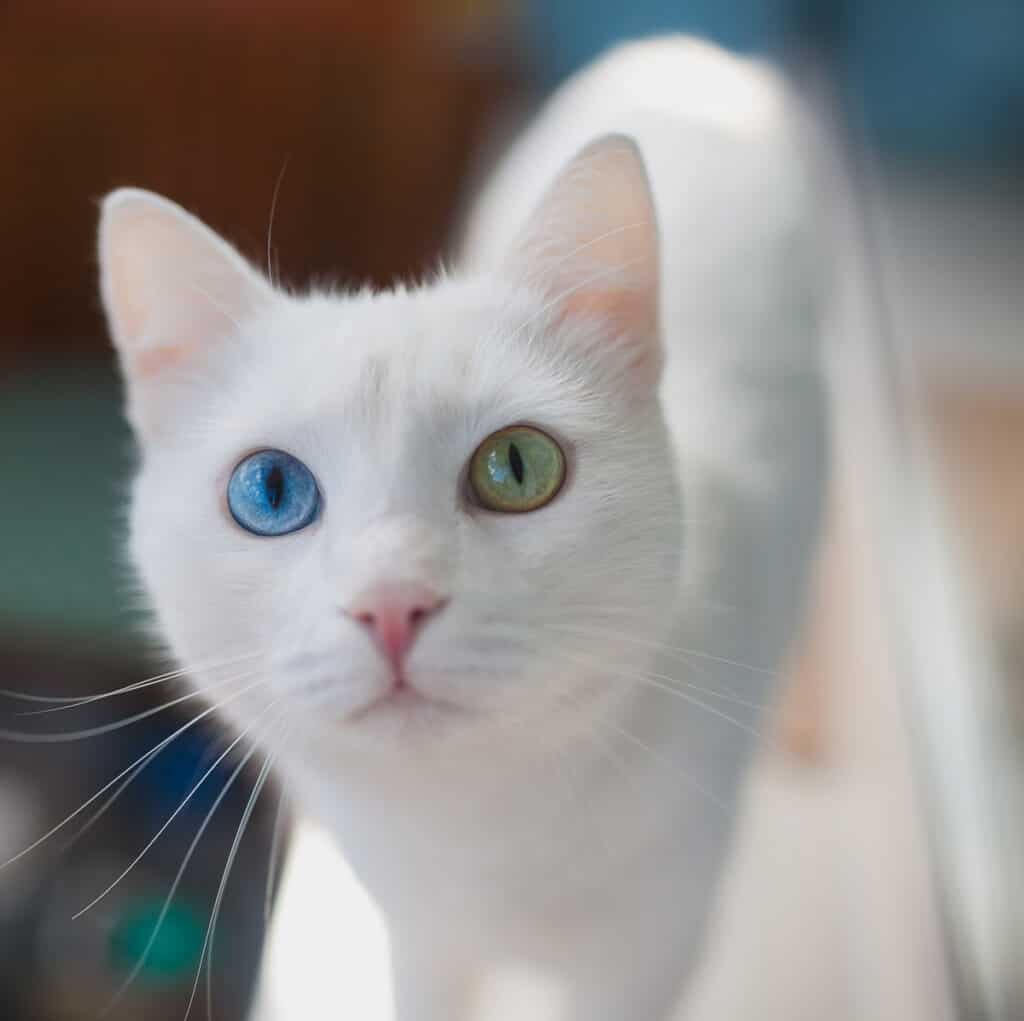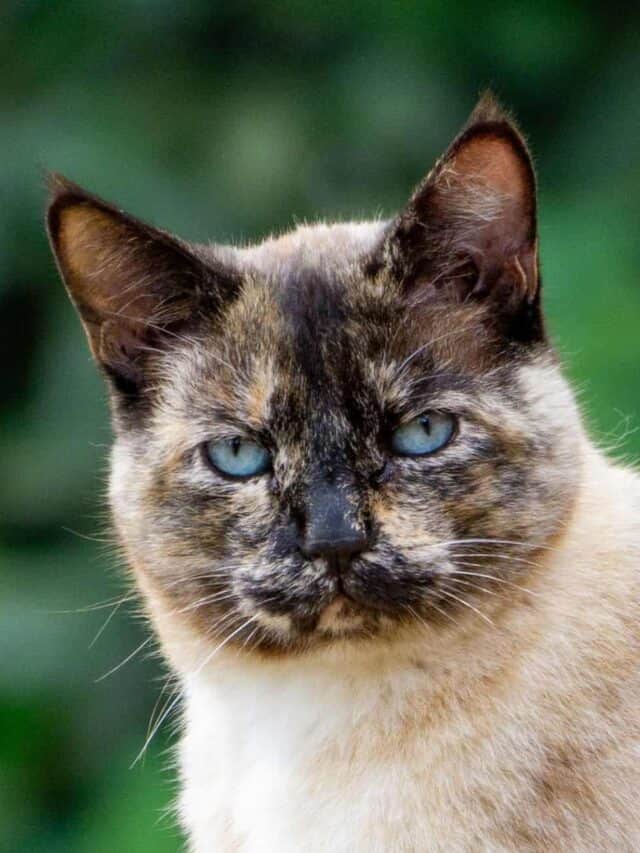Eye color in cats can range from yellow/amber to orange to green to blue. Like humans, the color of the eye is related to genetics and the production of melanin.
Why do some cats have blue eyes
Eye color in cats, as in humans, is determined by the presence of pigment in the iris. The blue eye color doesn’t result from blue pigment, but rather from a lack of pigment. When the eye has little to no melanin, it appears blue due to the way light scatters inside the eyeball – a phenomenon termed Rayleigh scattering. The same principle is behind the blue appearance of the sky on a clear day.
All kittens are born with blue eyes
Just like humans, all kittens are born with cornflour blue eyes. The primary reason behind this phenomenon is related to the way the eye develops and the presence of a pigment called melanin.
At birth, a kitten’s eyes are not fully developed, and thus, the melanocytes (cells responsible for producing melanin) haven’t begun to deposit the pigment in the iris in significant amounts. Without the influence of melanin, the eyes reflect light in a way that gives them a blue appearance. Melanin plays a critical role in determining the eventual eye color of cats.

The more melanin deposited, the darker the eyes will become. As kittens grow and their eyes mature, melanocytes become active and start to produce melanin, which can change the hue of the kitten’s eyes from blue to their permanent color, be it green, yellow, amber, orange, aqua, or even a darker or more vibrant shade of blue.
This change in eye color starts to happen with the kitten is about 6-7 weeks old. By the time the kitten is between 3 to 6 months old, they will have their permanent eye color.
Colorpoint cats and blue eyes
Colorpoint cats, such as Siamese and Himalayans, are renowned for their distinctive color patterns and striking blue eyes. These cats have a form of partial albinism resulting from an enzyme’s sensitivity to temperature. This enzyme is responsible for producing melanin.

In the cooler extremities of the body, like the ears, face, paws, and tail, the enzyme is active, leading to the darker fur colors. However, the body’s warmer core inhibits the enzyme, which results in a lighter fur shade. This also affects the eyes. The lack of significant melanin production in the eyes gives them their characteristic blue hue. This is known as reduced ocular pigmentation.
The gene responsible for the colorpoint pattern and blue eyes in cats is a recessive one. This means that both parents must carry the gene to produce colorpoint kittens. Even if the parents aren’t colorpointed themselves, they can still be carriers and produce colorpoint offspring.
Other cat breeds with blue eyes
While the Siamese and other colorpoint cats are well known for their brilliant blue eyes, many other cat breeds can have blue eyes.
These are some of the cat breeds that can have blue eyes:
- American Bobtail
- American Curl
- Bengal
- Devon Rex
- Khao Manee
- LaPerm
- Oriental
- RagaMuffin
- Sphynx
Blue eyes in white cats
Many breeds that allow all-white fur coats also make an exception for blue eye color with those cats even when the other coat combinations don’t allow for blue eyes. For example, these are some of the cat breeds that the Cat Fancier’s Association (CFA) allows the all-white counterpart to have blue eyes:
- American Shorthair
- British Shorthair
- Cornish Rex
- Exotic
- Norwegian Forest Cat
- Persian
- Scottish Fold
- Siberian

Blues eyes and deafness in white cats
There’s a correlation between white fur, blue eyes, and deafness in cats.
Research on breeding indicates that the KIT gene is linked to deafness in white cats. This gene is believed to be pleiotropic, which simply put, signifies its ability to yield multiple effects. In certain instances, this gene can lead to blue eyes, cats with mismatched eye colors, and hearing impairment in white cats.
Research has also shown that cats that are odd-eyed (meaning they have two different colored eyes) tend to have a higher rate of deafness in the ear on the side of the head that has the blue eye. Van cats, a landrace cat with origins in the Van Lake area of Turkey are known for their high rate of odd-eyes.
3 facts about blue-eyed cats
References
Cat genetics 2.0: Colours. (2016, June 17). Laboratoire de génétique vétérinaire. https://labgenvet.ca/en/cat-genetics-2-0-colours/
Thibos, L. N., Levick, W. R., & Morstyn, R. (1980). Ocular pigmentation in white and Siamese cats. Investigative Ophthalmology & Visual Science, 19(5), 475-486.







